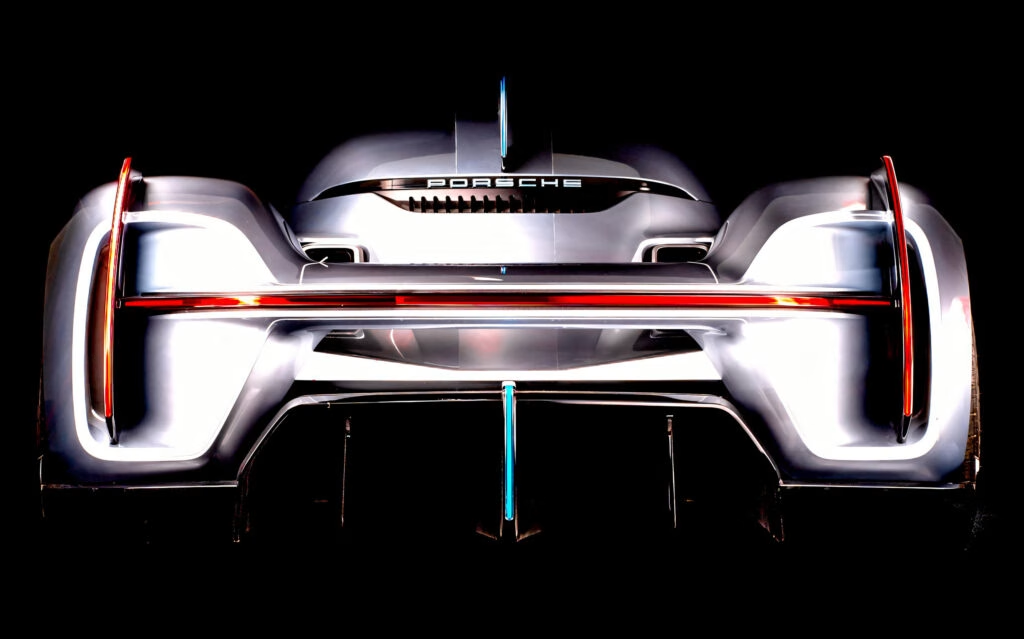Concept cars are a fascinating glimpse into the future of automotive design. They range from prototypes that hint at upcoming production models to wild, imaginative designs that will never see the light of day. Among these, some stand out as missed opportunities—vehicles that could have reshaped the automotive landscape but were ultimately left on the drawing board. Let’s dive into a few of these remarkable concept supercars that scared their own automakers away.
### What Happened to the Aston Martin Bulldog?
The Aston Martin Bulldog, introduced in 1980, was a bold statement from a brand that was struggling financially. With a striking wedge shape and a 5.3-liter V8 engine producing 600 hp, it was designed to be Aston’s first supercar. The ambitious plan was to produce 25 units, but only one was ever made due to financial constraints. Aston claimed it could reach over 200 mph, a feat that was finally confirmed in 2023 when the restored Bulldog hit the promised speed. Imagine how different the supercar market might have been if this beauty had taken off!
### Could the Nissan MID4 Have Changed the Game?
Fast forward to 1985, and Nissan unveiled the MID4, a concept that could have put them on the supercar map alongside rivals like Ferrari and Lamborghini. With a 3.0-liter V6 engine and all-wheel drive, it was a technological marvel for its time. Unfortunately, development was halted, and the MID4 faded into obscurity. If it had made it to production, Nissan might have been the one to challenge the status quo in the supercar segment.
### The Audi Quattro Spyder: A Rally Legend’s Successor
In 1991, Audi introduced the Quattro Spyder, a concept that generated significant buzz. With over 3,000 pre-orders before it even hit the market, it was poised to be a successor to the legendary Quattro. However, concerns over production costs and potential cannibalization of Porsche sales led to its cancellation. This decision left enthusiasts wondering what might have been if Audi had taken the plunge.
### The Ford GT90: A Radical Departure
When Ford revealed the GT90 in 1995, it was a radical departure from the retro-inspired GT40 that would follow. Featuring a 5.9-liter V12 engine with 720 hp, it showcased Ford’s New Edge design language. Despite its potential, the GT90 never made it to production, leaving fans to speculate about how it could have influenced Ford’s supercar legacy.
### Cadillac Cien: A Bold Vision
The 2002 Cadillac Cien was a stunning concept that embodied Cadillac’s Art and Science design philosophy. With a 7.5-liter V12 engine and a price tag that could exceed $200,000, it was a bold move for the brand. However, executives feared that the price would alienate Cadillac’s traditional customer base, leading to its cancellation. It’s a shame, as the Cien could have redefined American luxury performance.
### Chrysler ME Four-Twelve: A Missed Collaboration
In 2004, Chrysler introduced the ME Four-Twelve, a mid-engine supercar powered by a 6.0-liter V12 with an impressive 850 hp. The car was a collaboration with Mercedes, but as the partnership began to sour, Chrysler hesitated to greenlight such an expensive project. This decision meant that a potentially groundbreaking vehicle was never realized.
### Jaguar C-X75: A Supercar That Almost Was
Jaguar’s C-X75 was a hybrid supercar that generated excitement when it was unveiled in 2011. Initially designed with a unique turbine-powered range extender, the production model was set to feature a 1.6-liter engine paired with electric motors. Unfortunately, the financial crisis put the brakes on production, leaving fans to wonder what could have been. The C-X75 did make a cameo in the James Bond film “Spectre,” showcasing its stunning design and performance potential.
### The Porsche 919 Street: A Racing Legend’s Road Version
Porsche’s 919 Hybrid dominated endurance racing, and the 919 Street was envisioned as its road-going counterpart. With a motorsport-derived V4 hybrid engine, it promised to deliver exhilarating performance. However, the complexity of the engine proved to be a significant hurdle, and the project was ultimately shelved. It’s a bittersweet reminder of what could have been for Porsche enthusiasts.
### What Other Missed Supercars Haunt You?
These eight concept supercars are just the tip of the iceberg when it comes to missed opportunities in automotive history. Other notable mentions include the Volkswagen W12, Lamborghini Cala, and Yamaha OX-11. Each of these concepts had the potential to redefine their respective brands and the supercar market as a whole.
What’s your take? Which of these missed supercars resonates with you the most? Share your thoughts and let’s keep the conversation going about the wild designs that could have changed the automotive world forever. The big takeaway? The world of concept cars is a reminder that innovation often walks a fine line between vision and reality. Embrace the creativity, and who knows what the future holds!

